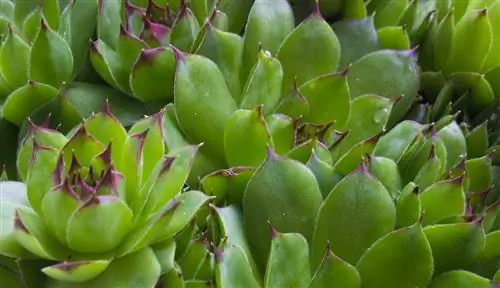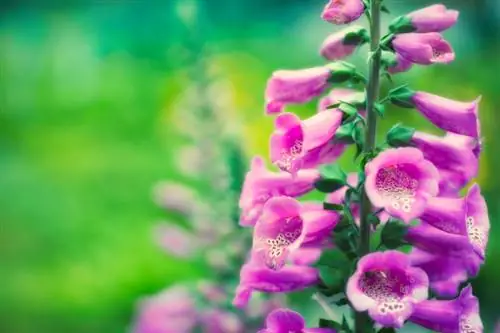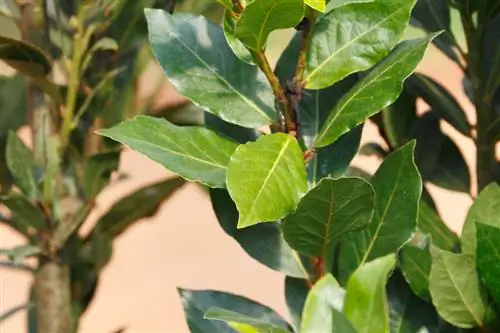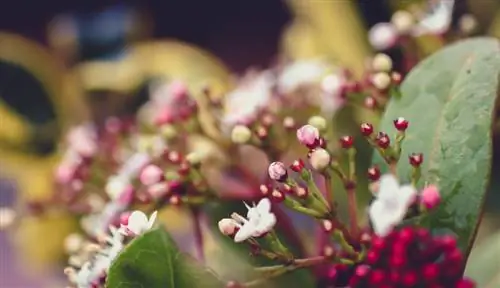- Author admin [email protected].
- Public 2023-12-16 16:46.
- Last modified 2025-01-23 11:20.
Some Sempervivum lovers may be guided by the Latin name of the houseleek, which translates to “ever-living”. In fact, the house root or roof root has been used as a medicinal and magical plant for many centuries, and any possible toxicity has not been proven to date. However, this does not apply to each of the approximately 7,000 different houseleek species but only to the Sempervivum tectorum (real or common houseleek), which is widespread in this country.
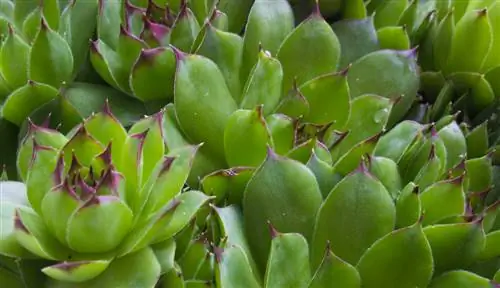
Is houseleek poisonous?
Houseleek (Sempervivum tectorum) is non-toxic and can be used topically or as a tincture to treat insect bites, burns, wounds, ulcers, warts and hemorrhoids. Its ingredients are similar to those of aloe vera.
Traditional medicinal and magical plant
However, houseleek is not traditionally eaten, but is used externally or as a tincture on insect bites, burns, wounds (including bleeding ones), ulcers, warts and hemorrhoids. All you need to do is cut open the leaves and place them with the wet side down on the area to be treated. Houseleek is used in the same way as the unrelated aloe vera and also has similar ingredients. The juice of the houseleek contains tannin, bitter, tannin and mucilaginous substances, formic and malic acid, ascorbic acid (vitamin C), potassium and resin.
Tip
Our ancestors planted houseleeks on their roofs because the plants, dedicated to the god Donar (also known as Thor), were supposed to protect the residents of the house from lightning strikes.

